|
Achieving your ideal body weight and body image is not at all easy. In my daily practice, I often hear from my clients that I have tried endless plans to lose weight and I have failed. Ever wonder why - no matter how much you exercise – it rarely has the desired effect? Before you start a plan to achieve your ideal body image, it’s imperative to understand your own body. Body fat accumulation can be of two types. One, when the number of fat cells increase in your body and second, when the existing fat cells don’t increase in number but increase only in size. The later is easier to handle as you can burn down the amount of fat in each cell but you cannot burn the new cells completely. Fat loss results will also depend on your body shape – if you have apple or pear shaped obesity. You'll be pleasantly surprised to find that with knowledge about Apple and Pear body shapes you can finally understand what you have to do to lose weight more easily from the bothersome areas. "What do you mean by Apple vs. Pear shape body", you ask? Well, it refers to where you store fat - above the waist, on your upper body (Apple shaped body) or below the waist, on your lower body (Pear shaped body). Whether you are Apple-shaped or Pear-shaped makes a lot of a difference - both in your physiology and psychology. Based on this, it's easy to understand how your metabolism is dramatically different, you assimilate nutrients differently, store the extra calories as fat differently (either subcutaneously or deep in the body, viscerally) - and even respond differently to supplements and medications - based on whether you have a Pear shaped body or an Apple shaped body. In the case of an apple shaped body the normal physiology is greatly affected by a large amount of abdominal fat surrounding the internal organs; this leads to a host of hormonal changes resulting in metabolic issues causing weight gain and difficulty in losing it. In contrast, in the case of a pear shaped body the extra fat is deposited directly under the skin, mostly in and around the hips and thighs. As a result, women with a Pear shaped body often struggle with low self-esteem or eating disorders (stemming from conflicts with the "ideal" body image imposed by media/society standards). These issues just make weight loss that much more difficult. For a better understanding of this try and figure out your waist-to-hip-ratio (WHR): take a measuring tape and measure:
(Hold the tape loosely, without applying pressure on your skin and stand up straight, relaxed and without sucking in your tummy.) Next, divide your waist number by your hip number. --> If the result is higher than 0.8, you have an Apple shaped body. --> If the result is 0.8 or lower, you have a Pear shape body. So, forget about that weighing scale when you are beginning a weight loss program. Instead, sit with your health care team and nutritionist to discover how to lower your waist circumference to reduce the volume of that dangerous visceral fat pressing on your internal organs and creating havoc with your metabolism. No matter how many weight loss plans have failed you in the past, no matter how many extra pounds/ kilos you have or how long you've gone without taking care of yourself, understand your body shape and fat type and set realistic short term goals. Take action to make you as healthy as possible through the right diet and exercise routine for your specific body shape and type. The physical implications of achieving ideal body shape are evident in having more energy, having a healthier heart, lowering the risk of Type II diabetes, and helping to avoid both osteoarthritis and many forms of cancer and not just the numbers on your weighing scale.
1 Comment
Last week I had a very interesting discussion with my client when I told him to peel the skin of apples before he eats it. His eyes popped out saying ‘what kind of a nutritionist says throw away the peel that is a good source of fiber?’ In return I asked him what is he planning to give his body more?, Safe nutrition or germs, pesticides, wax and colours? And for fiber you can increase the quantity of fruits and vegetables instead of putting your health at risk. My choice would certainly be organic food grown in a ‘perfect world’....or If I grow them myself in my kitchen garden. But do I have time? NO... So here is the deal. I try and buy apples, grapes, peaches, strawberries, greens, celery, nectarines, bell peppers, cucumbers, potatoes and tomatoes from organic store as these fruits and vegetables tend to carry a lot of pesticides on their skin. And rest of the vegetables I buy from any store. Organic or not, if I didn’t grow the produce myself or get it from family friends who are trusted farmers, I always make sure to carefully wash all produce that we eat. This is especially important with non-organic produce, but I even wash organic store-bought produce as well. Homemade fruit and vegetable washes are effective at removing residue from produce and also help preserve the fridge-life of these foods since bacteria that may cause decay is removed. To be most effective, different vegetables call for different methods of washing, but three simple and inexpensive recipes will clean virtually every type of produce. How to Wash Most Fruits & Vegetables: For most produce with a skin place the fruits and veggies in a large bow filled with water and add 1 cup of white vinegar OR apple cider vinegar. Let soak for up to an hour, scrub gently and rinse. Dry fully before returning to the fridge. How to Wash Lettuces & Greens: Lettuces and greens are more delicate and more difficult to wash. They also are more likely to contain insects or other little visitors. For greens, dissolve 2 tablespoons of salt in 2 cups of water and add the juice of one lemon. Spray this on the greens, let sit for about a minute, and then add them to a sink of diluted vinegar water. Soak for about 15 minutes, rinse in cool water and dry completely or use a salad spinner helps before putting in the fridge. How to Wash Berries: Berries are perhaps the most difficult to clean because they are so delicate and take on the flavour of anything they come in contact with (vinegar flavoured blueberries on pancakes or ice crème, anyone?). Try diluted fresh lemon juice to clean berries. Mix 2 cups of water with 1/2 cup fresh lemon juice and spray on the berries and then soak in fresh water for about 15 minutes. Dry completely before storing in the fridge! Other tips that one must follow to prevent health related risks:
I love this time of the year. Just celebrated Diwali: a festival of lights. With Thanksgiving, Hanukkah, Christmas around the corner...Just love it. My favourite bit is the Holiday spirit, the decorations and music. It just makes me so happy. I just want to set and stare at the decorations, the candles; the music...simply wow! Along with decorating my house, I love to cook as friends and family come over for a feast. The word festival means “FEAST DAY”, festive celebration. As kids, when there used to be festivals the only thing that came to our mind was sweets and holidays. Isn’t it? The word ‘sweets’ raise an alarm if one has high blood sugar. The idea is to enjoy every bit in moderation. Know which food/ sweets/ dishes/ recipes have how much carbohydrate? Knowing the amount of carbs in a dish will help you choose wisely and keep your blood sugars under control. If you have to attend a feast, choose correct portions. Remember the rule of thumb is a balanced plate. Pick roasted chicken/ turkey over the ones with thick gravies etc. That too the size of your fist, with an equal portion of healthy carbs , like mashed sweet potatoes/ pumpkin over pumpkin pies and butter laden mashed potatoes. And fill the rest of your plate with salad or greens or vegetable casserole. Here are some tips to help you enjoy your festivals without the guilt of elevating your blood sugars:
1 Always eat something before you step out for a feast or a get together or else you will end up eating more. 2 If someone insists on a sweet, learn to say NO / take a small portion. If a small portion of sweet is included in your diet, reduce the amount of rice/roti/ whole wheat bread. Also increase the amount of vegetable/salad, pulses/ legumes or lean cuts of chicken to keep you feeling full. 3 Prefer homemade sweets which are made of skimmed milk rather than deep fried sweets. If lunch / dinner are expected to be heavy, keep the other meals lighter but balanced. 4 Remember to follow strict portion control. 5 If you are taking insulin, you may need to adjust the insulin dosage depending upon your estimated carbohydrate intake of the meal, but only after consultation with your health care provider. 6 Take your medications as prescribed by your doctor. 7 Always check your post meal blood sugars and update your food journal/dairy 8 Exercise a little longer than you usually do to keep your blood sugar in check. 9 Do not skip meals to make up for a previous or subsequent heavy meal. 10 Inform your doctor if you notice any unusual symptoms or discomfort. 11 Keep yourself well hydrated. Festivals can be an enjoyable experience even for diabetic patients, if you choose the right foods in the right amounts. So, choose smart and enjoy the festivities… Have you ever made sugar syrup at home? If yes, you must have noticed, as you keep cooking the syrup the water evaporates and syrup gets thicker and thicker. That’s what happens in your body as well. As your blood sugar goes higher than normal values the blood also starts becoming thicker in nature and results in poor circulation in your body. The circulation of blood to the legs and feet get affected the most as feet are the farthest from your heart. Poor blood flow makes it hard for a small cut / blister or infection to heal. Also, the foot loses its natural ability to moisturize the skin which becomes dry and increasingly prone to tears and hence infection. If blood glucose is high, the extra glucose feeds the germs. Germs grow and the infection gets worse. I know that foot care isn’t the most exciting topic to read about. But foot care is a crucial part of diabetes self-management. Neglecting your feet can lead to serious problems down the road; even minor problems, such as a scratch, can lead to an infection or foot ulcer, which, if not caught and treated early on, can increase the risk of amputation. Very depressing thought, I know, for something that can be completely prevented. By paying a little attention to your feet on a daily basis and taking care of your blood sugar at the same time, you can greatly lower your risk of developing problems.
The golden rule: Keep your blood sugar in control.  How often are you able to identify the effect of your feelings of hunger and satisfaction levels, and the emotional triggers that make you overeat and how your blood glucose responds to different foods? I am sure the answer would be “hardly”. Many a times when I ask my patients why did you end up eating 6 slices of Mango when the agreed plan was not to have more than 2 slices at a time, the answer I hear is ‘ I was too happy sharing a big meal with my family...; I was nervous for my interview .... etc. Our feelings, emotions and social environment play a big role when it comes to eating. That's where food journaling comes in. Food logs can be a helpful, cost-effective tool in improving skills in managing blood sugar on a daily basis. I often tell my clients that controlling blood sugar levels to prevent highs and lows is an important aspect of diabetes self-management and that keeping a food diary/ log, in the form of a physical book or journal, a computer software program, a website or app, or even a digital photo gallery, can play a key role. What all you should Log?
For example :
I believe that maintaining a food log is a must for people who are on Insulin and/or have difficult to control sugar levels. This gives a freedom to understand a correlation between food and activity routine to blood sugar levels and helps make necessary adjustments when needed.
Try and maintain the log for minimum 7 days and get it reviewed by your health care provider who can help you identify the gap initially, and as you master keeping a record you can manage your health on your own. So, just identify a way you would like to keep a record. You can maintain a log as a journal or mobile phone app. These apps are found to be more effective than computer-based programs for diabetes self-care. The mHealth apps also gives the opportunity to take a more active role in your health management while keeping it fun. Getting diagnosed with pre diabetes is a serious wake-up call, but it doesn't mean you will definitely get diabetes. There is still time to turn things around. It’s an opportunity to initiate lifestyle changes or treatment and potentially retard progression or even prevent diabetes. Moderate physical activity of about 30 minutes a day for at least five days a week is recommended for patients with diabetes or for any individual who aims to prevent diabetes and stay healthy. I have seen my patients becoming over conscious as soon as they hear a wakeup call that their blood sugars are borderline or they are pre-diabetics. The very next day they would want to go on a strict “diet” and hit the gym to take control. The result is only de-motivation or ending up with unwanted muscle injuries as they did not prepare their body for a particular set of exercise. You need to start getting fit in small, short term goals to achieve your bigger goal of controlling your blood sugar to normal. Ideal physical activities for any individual must be customized to one’s physical strength and likes and dislikes. It’s as important as a proper warm up and cool down period is to any exercise session. Staying active throughout the day can have a great response on your blood sugar. You could also increase activity and movement while doing your daily chores by following some tips like:
Few tips on incorporating exercise regimen safely in your daily routine:
Talk to your doctor or physiotherapist to set FITT goals: F=Frequency: How often you should start exercising? 2- 3 -4 days per week? I= Intensity: what should be the Intensity? For example you want to start a cardio program; check what should speed you should be exercising at (10mp/hr etc?) T= Time: What is an ideal time to begin with? 10 min? 20 min? etc. I always begin with a new exercise for 10 mins in the first week and then increase it by 5 min per week. T= Type: Which is the best exercise for me to begin with? Is it aerobics/ cardio; strength training or weight training; yoga or simple stretches? Rule of thumb:
Type 2 diabetes doesn’t usually appear all of a sudden. Many people have a long, slow, invisible lead-in to it called pre-diabetes. During this period, blood sugar levels are higher than normal. However, they’re not high enough to cause symptoms or to be classified as diabetes. It’s still possible at this stage to prevent the slide into full-blown diabetes. Pre-diabetes is a wakeup call and with strict lifestyle modification one can reverse the condition or prevent the ravages of diabetes. One reason many people don’t know that they may be headed toward diabetes is they’ve never had their blood sugar tested. This simple test, strangely, isn’t part of routine preventive care. To hear the wake up call, timely screening of diabetes is a must. Who should get screened?
Getting the wake-up call of pre diabetes can be very useful. A three-part strategy can keep people with it from ever getting diabetes. The strategy includes modest weight loss, increased physical activity, such as walking 30 minutes a day, and choosing a healthier diet. In addition to helping stave off diabetes, these lifestyle changes can also help protect against heart attack, stroke, bone-thinning osteoporosis, and a host of other chronic conditions. Six simple steps one can take once you hear the wake-up call:
The benefits of physical activity for diabetes control and general health are wide-ranging and well established and include controlling weight, reducing stress, and improving blood glucose levels. Exercise can help you improve your blood sugar control, boost your overall fitness, and reduce your risk of complications. But for people with diabetes, exercising poses it own challenges. To exercise safely, it's crucial to track your blood sugar before, during and after physical activity. With time you'll learn how your body responds to exercise, which can help you prevent potentially dangerous blood sugar fluctuations. In order to stay energized throughout the day and give yourself the right fuel for a workout, always make sure you eat healthy snacks. Snacking can easily make or break your results, especially if you are one to go for sugar-filled, empty-calorie snacks. I get asked all the time what the perfect pre- and post-workout snacks are for the body. Eating the right food at the right time both before and after your workout can definitely help the body with energy levels, hydration, endurance and recovery. Before workout: Before you exercise, you want to have a snack that will provide your body with good carbohydrates so you have sustained energy to last throughout your workout. It’s good to eat around 40-60 minutes prior to working out so your body has had time to digest.
Post-workout:
After your workout, it’s still good to have a snack with carbohydrates to replenish your energy stores. However you also want to make sure it has good protein levels. That’s because protein is what helps our muscles repair themselves after a workout. Here are some high-protein snacks that I love to eat post-workout.
Not to forget nature’s best electrolyte drink: coconut water that works pre, during or post work out. Remember how you fuel your body both before and after exercise can make a major difference to your performance and results. When it comes to calories, we love to hear the number “Zero”. Manufacturers love to position zero-calorie sweetened foods and drinks because they create a ‘guilt- free effect’ and therefore are more likely to fly off the shelf. The moment we read zero calorie or low calorie, it finds its way into shopping baskets, no questions asked. How correct is this? There are two types of sweeteners: nutritive and non-nutritive
Have you ever wondered things like - how come the products with these artificial sweeteners taste so sweet? And these chemicals do not get digested in our body (hence no caloric load), then what happens to them once they’re past our tongues? These sweeteners are mostly manufactured (the word ‘artificial’ is a giveaway) chemicals that are 1000 times sweeter in taste than naturally occurring regular sugar (or sucrose) that our bodies cannot digest or absorb. This puts a load on our organs to push them out. For years scientists are puzzled that non-caloric artificial sweeteners do not seem to aid weight loss, and some studies have suggested they may even have an opposite effect. Wondering how? Read on. It’s that guilt free effect again – since the sweetener is supposed to be sugar-free, most of us tend to get a little trigger happy with the portions of sweetened food. What we need to understand is that a calorie from any source still counts and higher quantities of food will up the intake. Artificial sweeteners rewire your brain chemistry and metabolism confusing the body into thinking it is consuming real sugar. Your body reacts and gets ready to receive the sugar by revving up production of the fat-storage hormones. Your metabolism slows down, you become hungry more quickly, you’re prone to eat way more food (especially carbs), and increased belly fat is the inevitable result. I regularly see people who complain about not being able to kick their diet-soda habit. It isn’t just their imagination: Artificial sweeteners can quickly become addictive just like smoking. Research shows that non nutritive sweeteners and nicotine produce similar effects in the brain i.e. craving
It is imperative for people with diabetes to reduce stress on their organs by controlling blood sugar levels. And here we are, doing just the opposite by consuming highly processed food products laden with artificial sweeteners. Don’t get carried away with what companies want us to believe in their glitzy ad campaigns highlighting their efforts to fight diabetes and obesity. Soda companies proudly promote the fact that their diet drinks have low or no calories and that they have cut sales of sugary drinks in schools by 90 percent. Is that a good thing? I don’t think so. Just cut these sodas out of your lives altogether and you’ll be healthier and happier for it. And if you have a desire for something sweet just have a little sugar and make sure you walk or jog it off. For more information on eating Guilt Free! So my health Mantra still remains the same, eat natural, stay super! About 50% of people with diabetes are aged 65 years and above. Living with diabetes maybe tough as every day brings new challenges. As one gets older this becomes tougher and specific age related complications require diligence and care to deal with. This is tough, but not impossible. “My mother has Type 2 diabetes, but she won’t eat. My father gets up and snacks in the middle of the night. My mom complains of going in a hypo (low blood sugar phase) just to eat sweets that she craves”. I often hear these and other gripes from my patients’ carers (mostly their children) all the time. Elderly people with diabetes have higher risks of complications like heart attacks, kidney disease and blindness; they’re more likely than other seniors to end up in nursing homes. But we need to hold back a little and tell ourselves that when it comes to the elderly, quality of life is much more important than (almost sacred) numbers on the glucometer and other laboratory reports. Most medical guidelines state that as a person ages, we need to be a bit lenient with target blood sugar values. Treating diabetes too aggressively can make elderly more prone to hypoglycaemia, or low blood sugar. For frail older people with multiple conditions, this can be more dangerous than high blood glucose readings. There are a number of psychosocial issues that need attending to in the elderly. Poor vision, diminishing hearing, loss of balance etc makes them less confident in managing their own health. Poor oral health, effects of some drugs on the digestive system, limited mobility, dexterity or vision can all make eating difficult. Older people tend to drink less fluids , which can cause dehydration, particularly during bouts of illness. People at risk should have a nutritional assessment and individual advice from a diabetes educator or nutritionist to address areas of concern such as needing extra calories, meal supplements and replacements, weight reduction, low salt diet or manageable foods. It may not always be appropriate to reduce the fat, salt and sugar for every older person with diabetes. Poor or irregular eating can often be a cause of hypos. Few health tips:
Be on the lookout for symptoms of hypoglycemia, make sure you report these to your physician and be actively engaged in making treatment decisions. Treat hypoglycaemia as an emergency. Immediately give 3 hard sugar candies/ 3 tsp sugar or honey or jam/ 3 glucose biscuits/ 150 ml juice or non-diet soda. Avoid treating hypos with chocolates and other sweets like pastries as they contain high amount of fat, and takes more than 30 minutes before they start releasing sugar in the bloodstream. And remember, staying positive goes a long way. |
Author
|

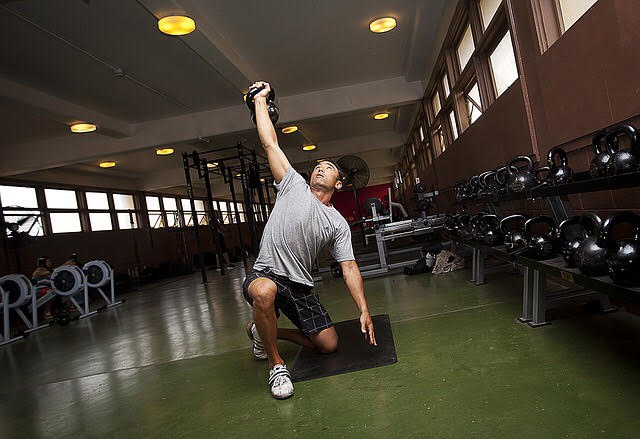
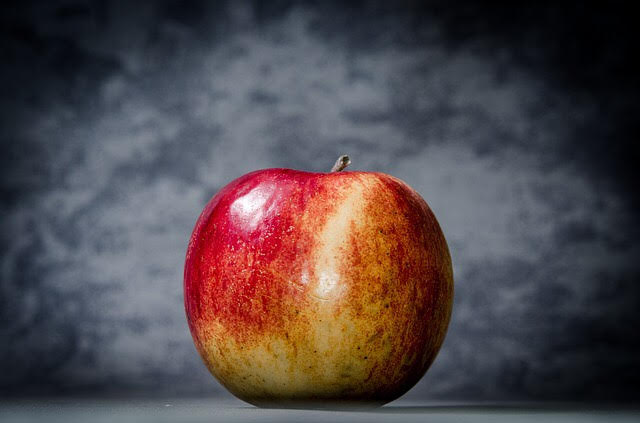
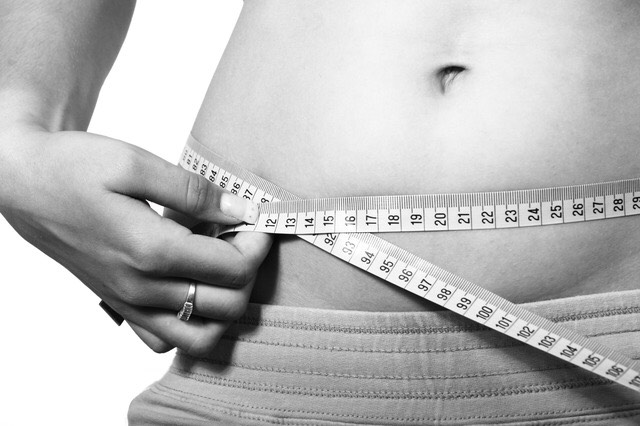
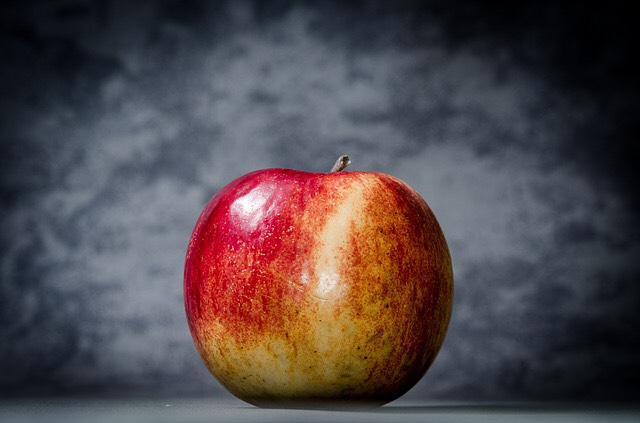
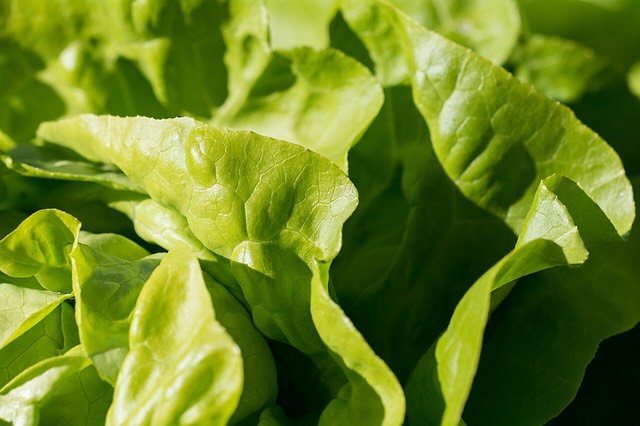
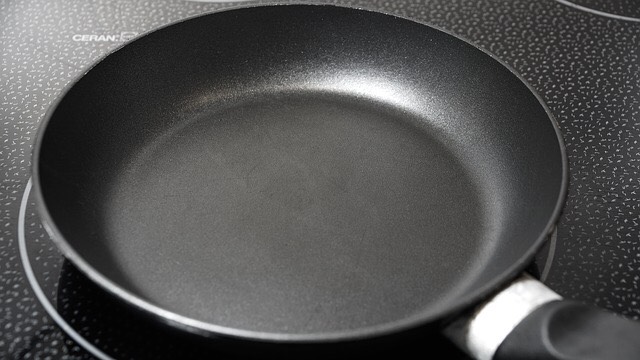

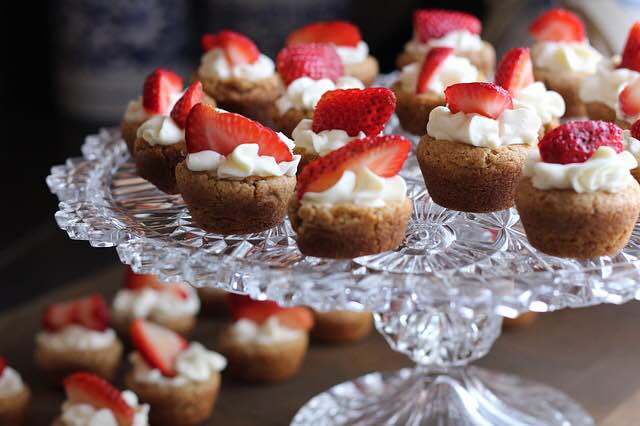

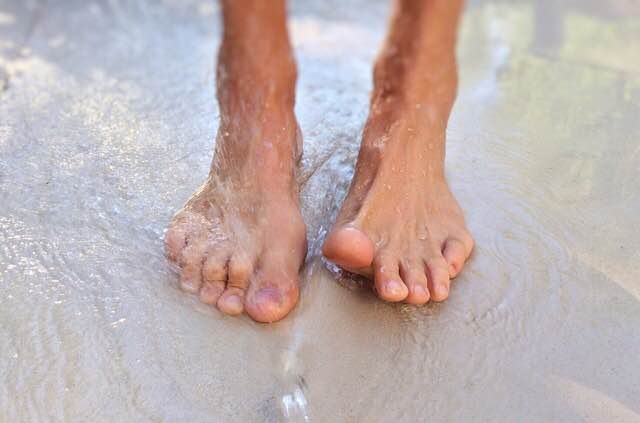

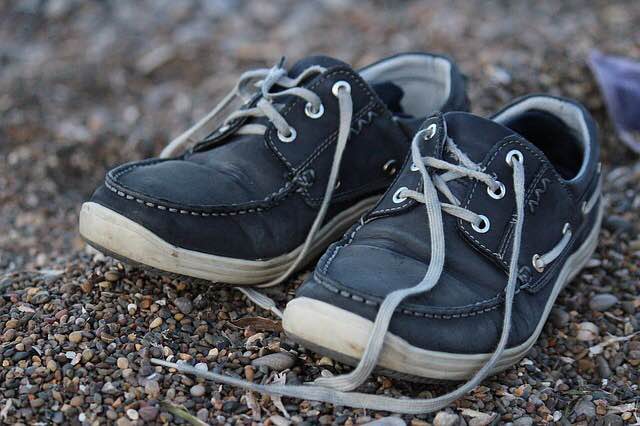
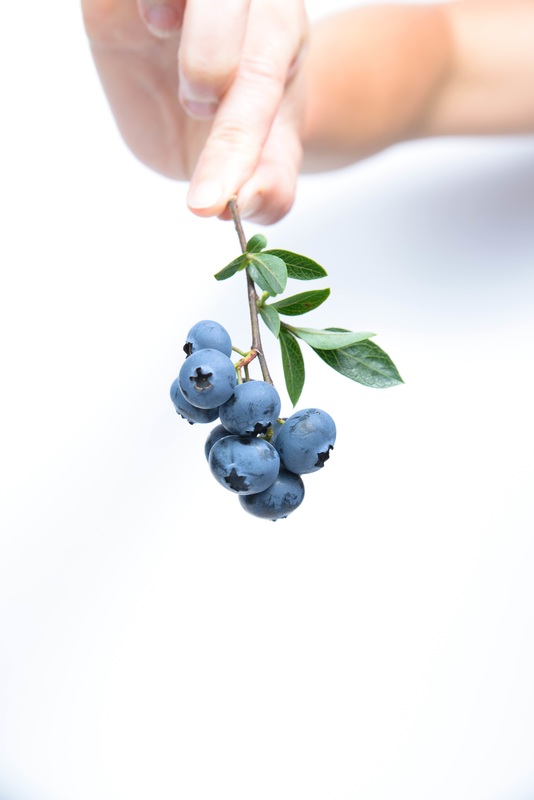



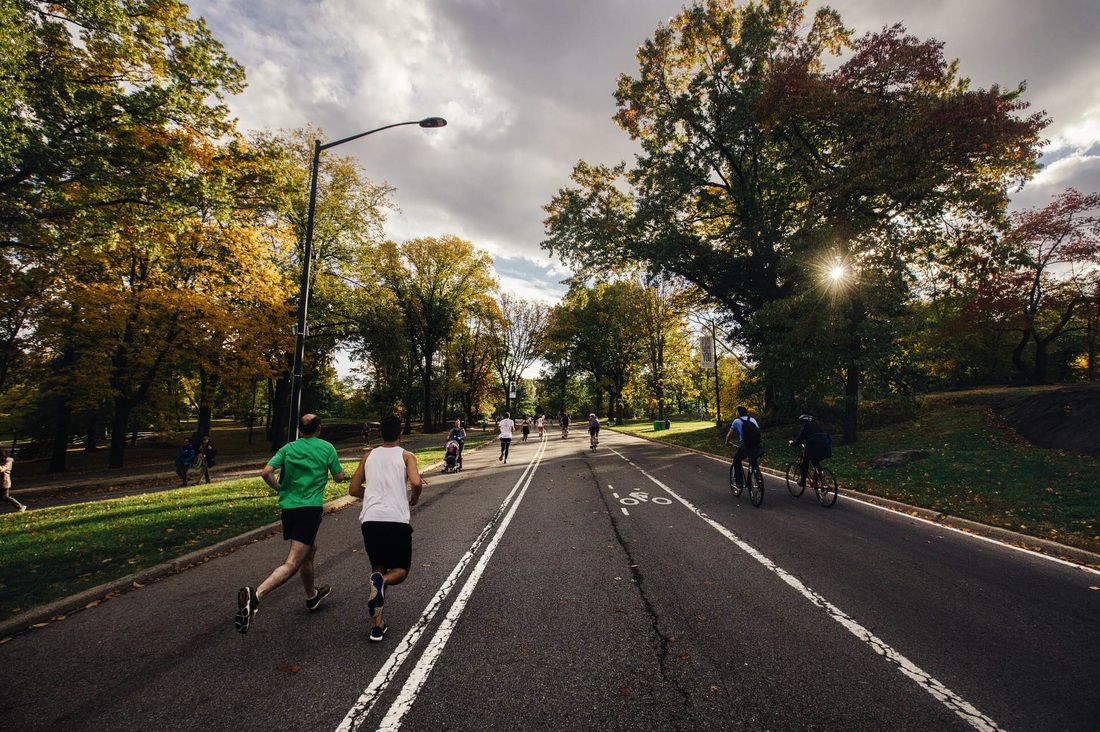
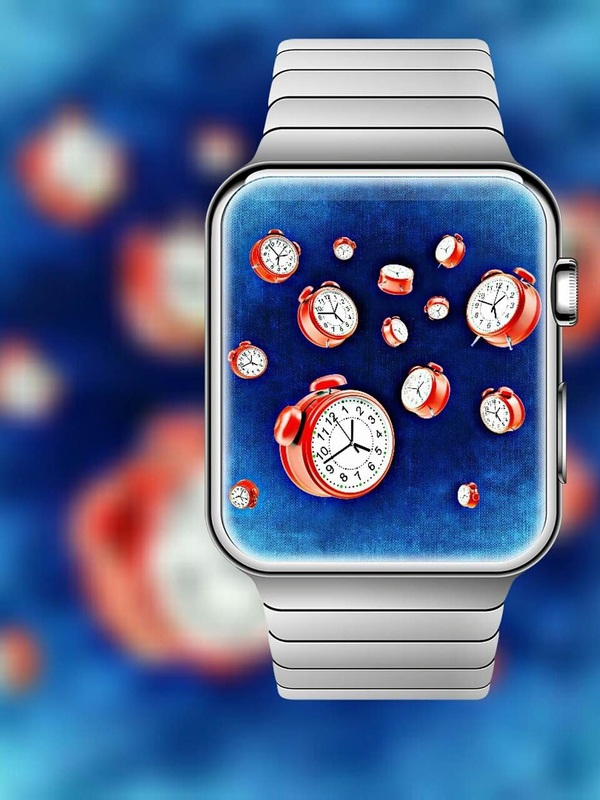
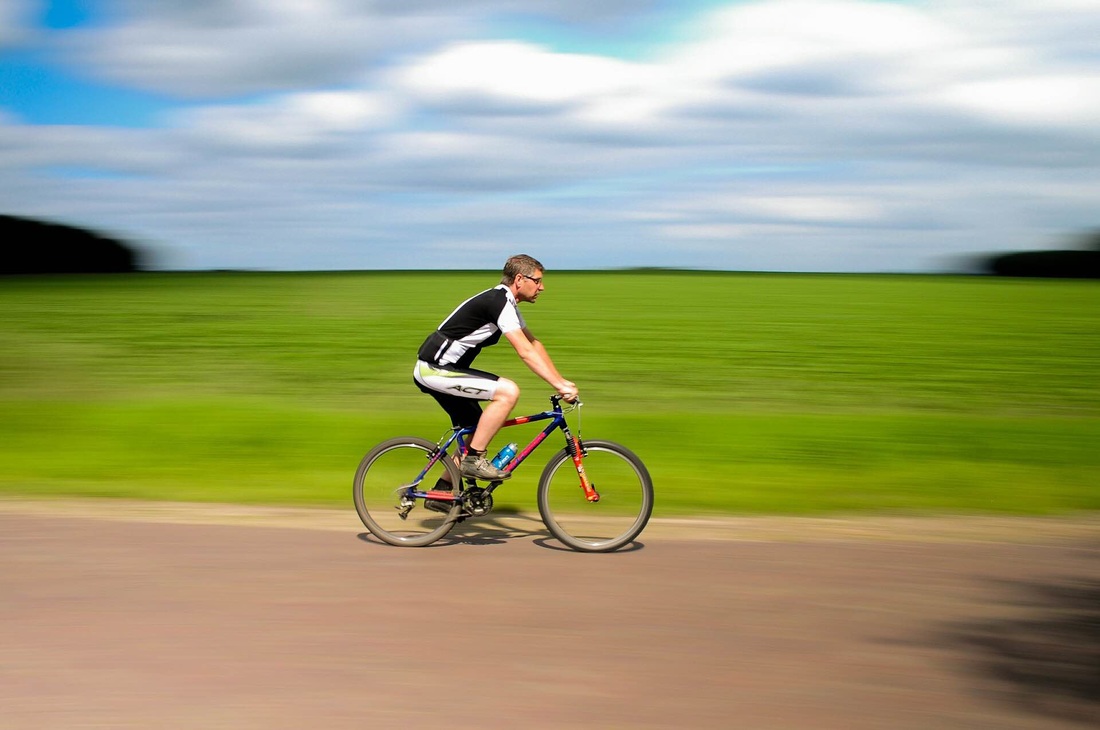


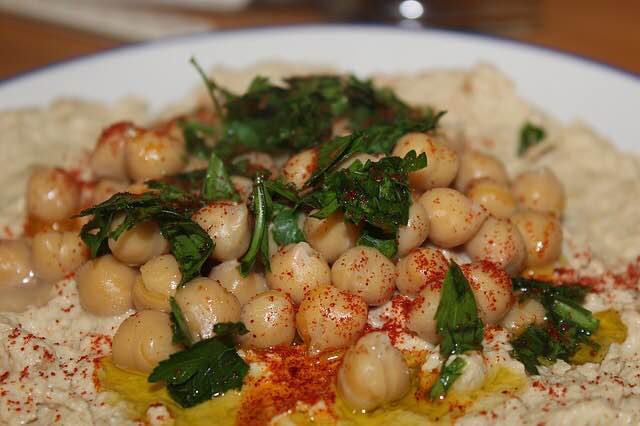
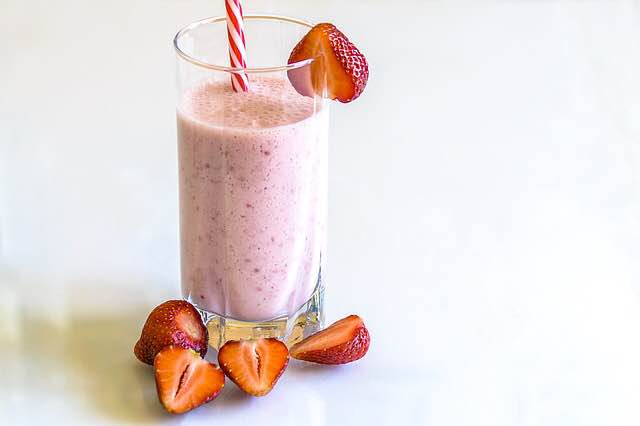
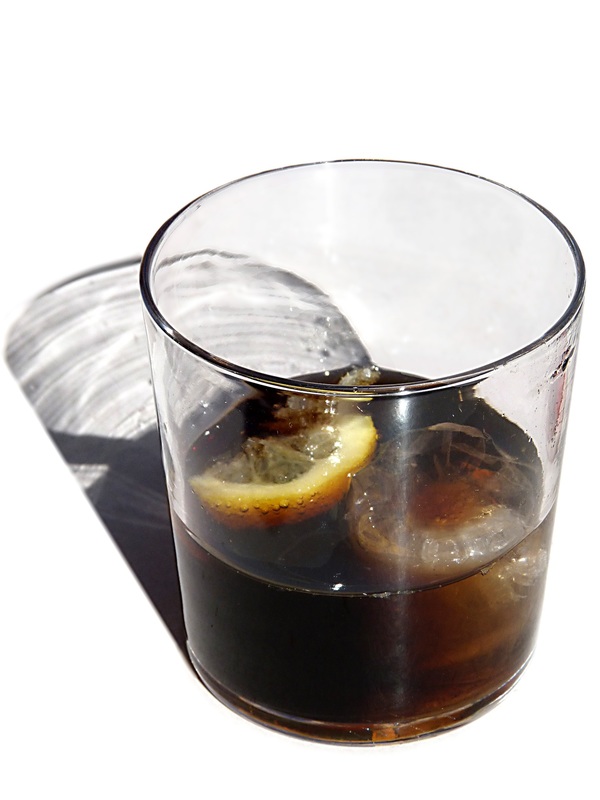

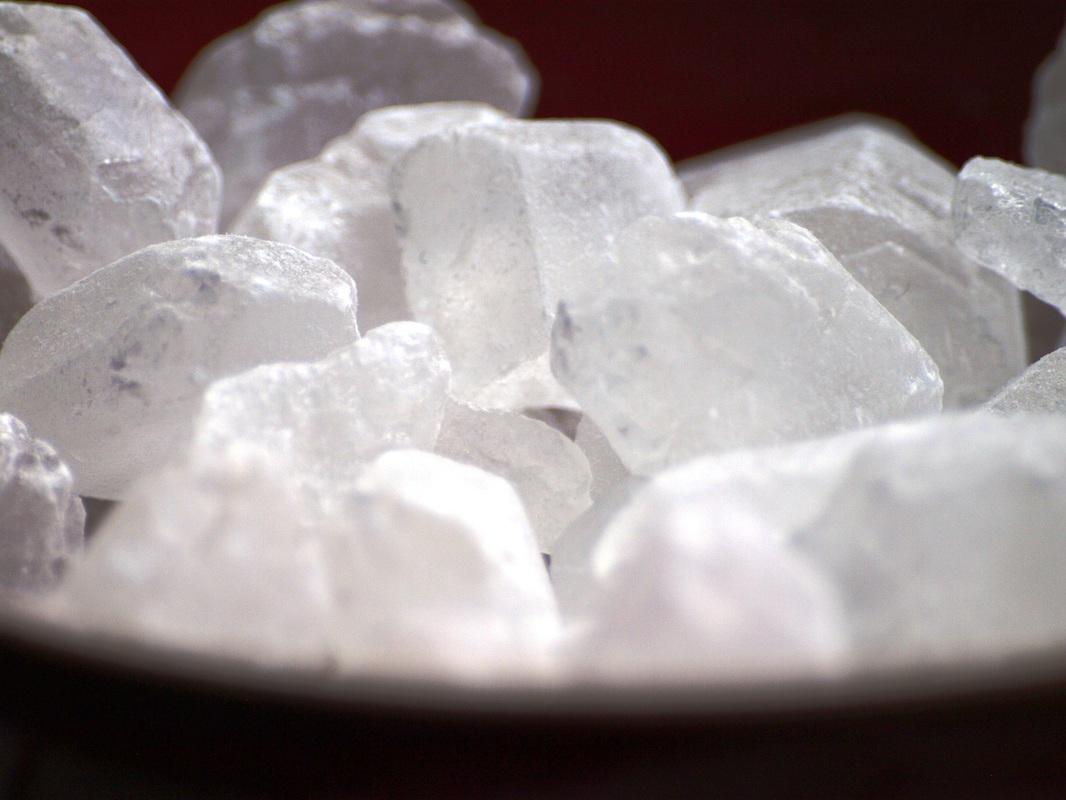




 RSS Feed
RSS Feed
